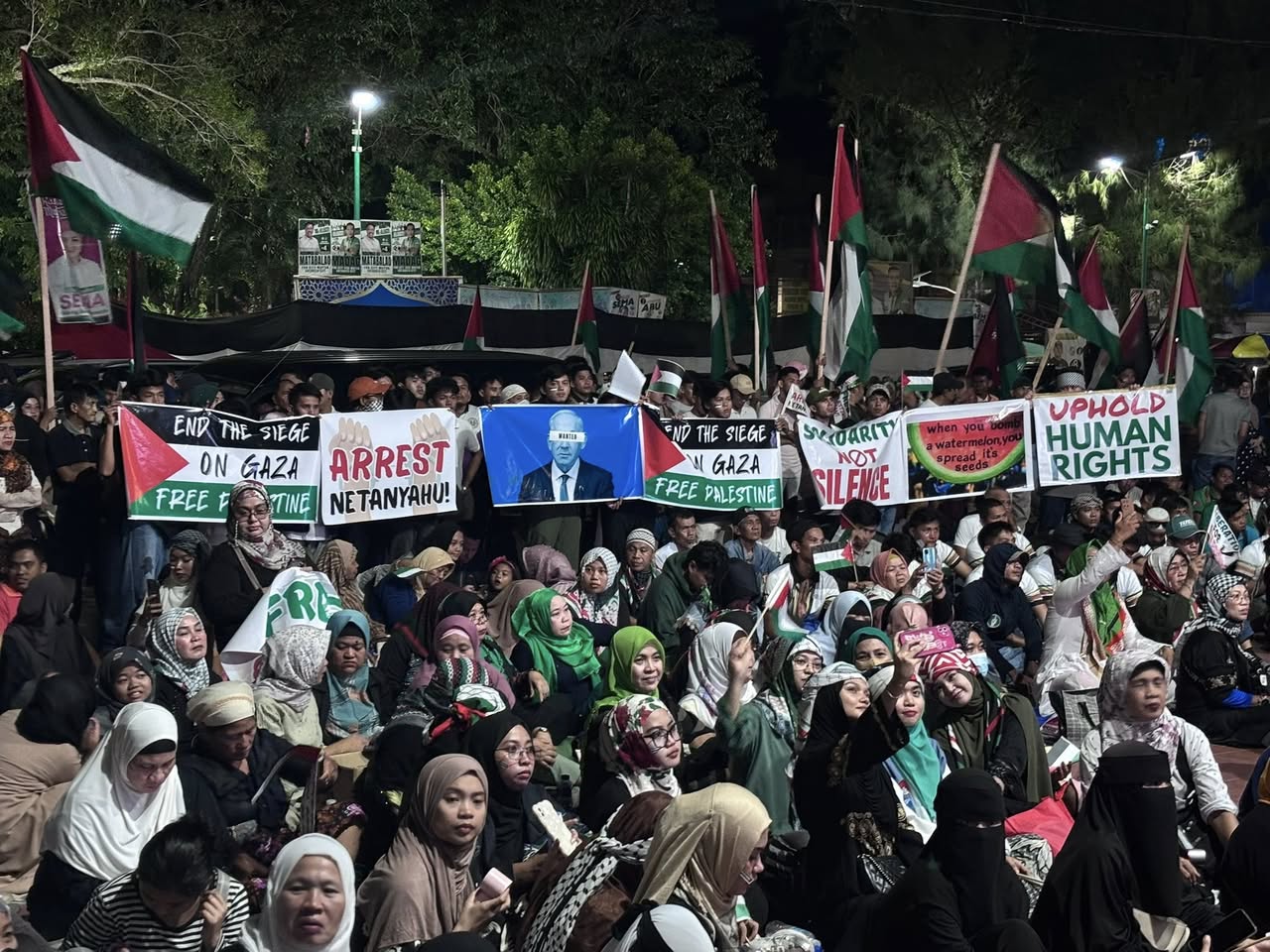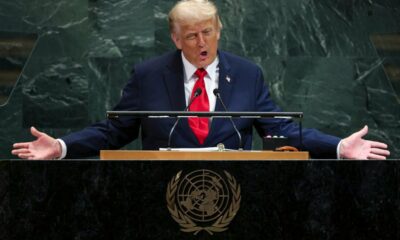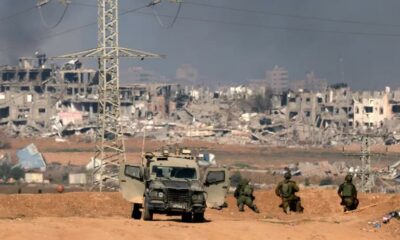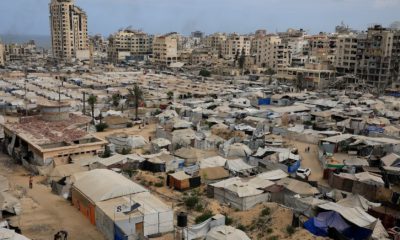News
Inside Trump’s Gaza Deal: What the Ceasefire Means for Israel, Hamas, and the Path to Peace

After months of war and failed ceasefire attempts, a potential turning point may finally be on the horizon. US President Donald Trump announced on Wednesday that Israel and Hamas have agreed to the first phase of a ceasefire in Gaza, a deal being hailed as a diplomatic breakthrough but met with cautious optimism around the world.
The announcement came after days of indirect talks in Egypt, with Qatar, Turkey, and the United States acting as key mediators. Trump took to his Truth Social platform, writing, “ALL of the Hostages will be released very soon, and Israel will withdraw their Troops to an agreed upon line as the first steps toward a Strong, Durable, and Everlasting Peace.”
But what exactly does this new Gaza deal entail, and how close is it to bringing lasting peace to a region torn apart by decades of conflict?
What’s in the Deal
According to diplomatic sources, the ceasefire marks the first phase of a broader peace framework designed to stop the fighting, free captives, and restore humanitarian access to Gaza.
Under the agreement:
-
Hamas will release 20 living hostages in the coming days.
-
Israel will free nearly 2,000 Palestinian prisoners, including 250 serving life sentences and 1,700 detained since the war began.
-
The exchange is expected to occur within 72 hours of implementation.
-
A minimum of 400 trucks of aid per day will be allowed into Gaza for the first five days, a figure expected to rise thereafter.
-
Displaced residents will be permitted to return to northern Gaza and Gaza City.
-
Israeli troops will begin a scheduled withdrawal, moving to pre-agreed zones under the supervision of international observers.
Hamas, in a statement, urged Trump and mediators to ensure that Israel “fully implements” the deal and “does not evade its commitments.”
A Fragile Beginning to Peace
Qatar’s foreign ministry confirmed that both sides have agreed on “all the provisions and implementation mechanisms” of the first phase. The formal signing is set for Thursday in Egypt, a symbolic gesture given Cairo’s long-standing role as a regional peace broker.
Israeli Prime Minister Benjamin Netanyahu is expected to convene his government for final approval before the deal is executed. Meanwhile, Hamas leaders have indicated that negotiations for the second phase will begin “immediately.”
That next phase is expected to address deeper issues, including the disarmament of Hamas, the future governance of Gaza, and a more permanent Israeli withdrawal.
Trump, whose 20-point Gaza peace plan was unveiled earlier this year, described the deal as a “major first step” and predicted that “all hostages, including the deceased,” would be “coming back” by Monday.
For many observers, the deal represents a rare diplomatic opening, one that brings together adversaries under the watchful eye of multiple global powers. Yet, skepticism remains high.
The ceasefire hinges on mutual trust, something that’s been in short supply. Past truces have collapsed under the weight of violations, political pressure, and on-the-ground tensions.
Still, the humanitarian aspect of this agreement, especially the aid trucks and return of displaced families, has drawn cautious praise from humanitarian agencies and civilians exhausted by the war.
“If even part of this deal holds, it could save thousands of lives,” said a senior aid worker in Cairo. “But we’ve seen hope turn to heartbreak before.”
A Moment of Cautious Hope
Public reactions across the Middle East have ranged from relief to doubt. On social media, some Palestinians welcomed the prisoner releases, while others questioned whether the ceasefire would truly end the suffering in Gaza.
Israelis, too, appear divided, torn between the desire to bring hostages home and concerns about freeing prisoners linked to past attacks.
Yet, amid the tension, there’s a sense that the region has reached an inflection point.
Trump’s involvement, a return to Middle East diplomacy reminiscent of his Abraham Accords strategy, has added a layer of political intrigue. Whether the agreement holds or unravels will not only test his legacy but could also redefine US engagement in the region moving forward.
For now, the streets of Gaza and Tel Aviv are watching, waiting, and hoping. After years of conflict and countless broken promises, even a fragile peace feels like a step in the right direction.
{Source: IOL}
Follow Joburg ETC on Facebook, Twitter , TikTok and Instagram
For more News in Johannesburg, visit joburgetc.com



























